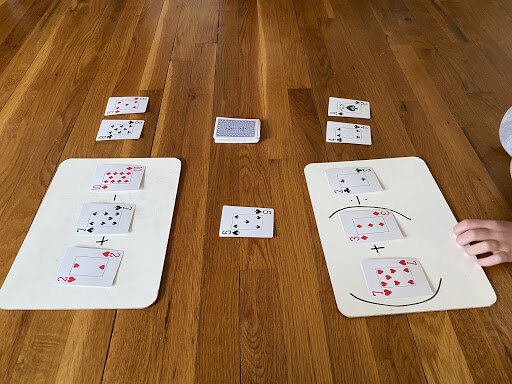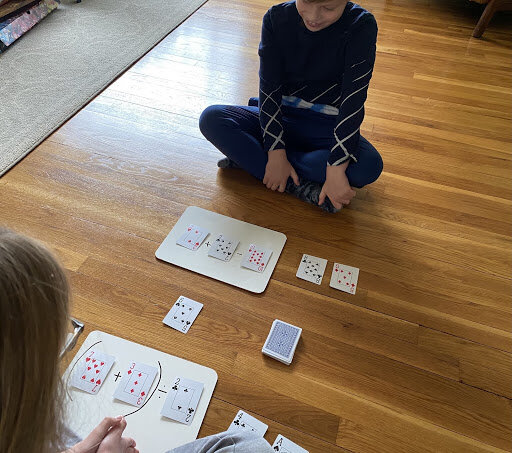As the new school year approaches, your rising 9th grader is likely feeling a healthy mix of excitement and apprehension about high school. As a parent, you may also have mixed emotions, remembering your own freshman year while thinking about the academic and social challenges ahead. While these concerns are valid, it's important to know that with the right support, your child will thrive. Here are six tips to share with your rising 9th grader:
Tip 1: The Clock Starts Ticking on Day One
Help your child understand that their GPA starts from the first day of high school. Emphasize the importance of staying diligent with their workload from the beginning. According to the College Board (2020), students who maintain a high GPA throughout high school have a higher likelihood of being accepted into their college of choice. Starting strong will prevent the struggle of trying to recover from a poor start.
Tip 2: Own the Journey
Encourage your child to manage their time and stay organized. High school requires more independence, and students need to take responsibility for their assignments and deadlines. The American Psychological Association (APA, 2019) found that students who use organizational tools like planners are better equipped to handle their responsibilities, which prepares them for the increased autonomy of college life.
Tip 3: Ask for Help
Remind your child that seeking help is a sign of strength. Teachers and counselors are there to support them, but they can only do so if students communicate their needs. According to the National Education Association (NEA, 2021), students who seek help from teachers are 30% more likely to improve their grades. Encouraging your child to ask questions and seek feedback can significantly enhance their academic success.
Tip 4: Be a Risk Taker
High school is a time for personal growth through academics and extracurricular activities. Encourage your child to step out of their comfort zone by trying new classes, joining clubs, or participating in sports. The National Association for College Admission Counseling (NACAC, 2019) reports that students involved in extracurricular activities are more likely to develop leadership skills and achieve higher academic performance. Additionally, project-based learning (PBL) is becoming popular for enhancing critical thinking and problem-solving skills by working on real-world problems.
Tip 5: Set Limits
While it’s important to get involved, it's equally crucial to maintain a balance. Good grades and a healthy social life are not mutually exclusive. Teach your child to prioritize their workload and manage their time effectively to avoid burnout. This balance will help them succeed academically while still enjoying their high school experience.
Tip 6: Seize the Day
Urge your child to adopt the carpe diem approach. High school years fly by, and it's important to make the most of them. Encourage them to graduate with no regrets and to take advantage of every opportunity.
KQ: A Listening and Experienced Ear
As children transition into their teen years, they can greatly benefit from the nurturing counsel of seasoned mentors. Keating Quigley provides ongoing, age-appropriate coaching for students approaching high school. Reach out to us: we’re just a phone call or email away.
Here’s to a rewarding 9th-grade experience for your child, packed with tremendous growth, enriched exploration, and exceptional opportunities!













